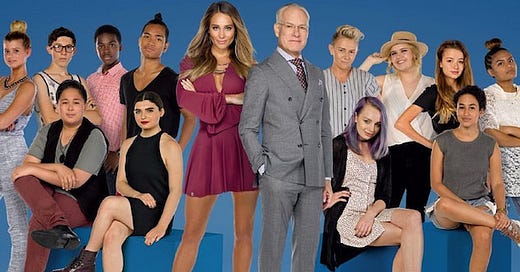Implicit Egoism in Project Runway: Junior
Celebrating Individuality and Rational Self-Interest in Teen Fashion Competition
Many reality TV shows portray immature adults competing in unattractive ways while arguing unintelligibly about unimportant things. The new reality series Project Runway: Junior is a beautiful exception.
One of several spinoffs from the original Project Runway, which still airs and is cohosted by Heidi Klum and Tim Gunn, Project Runway: Junior is cohoste…
Keep reading with a 7-day free trial
Subscribe to The Objective Standard to keep reading this post and get 7 days of free access to the full post archives.





